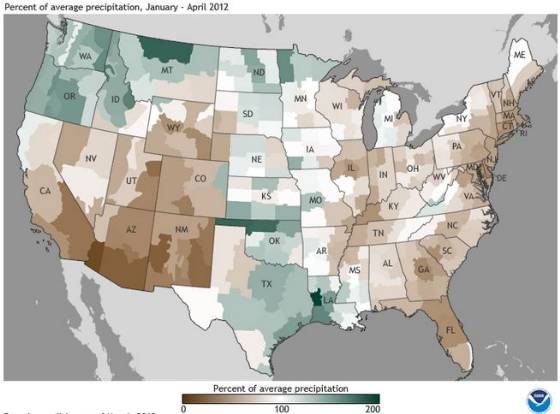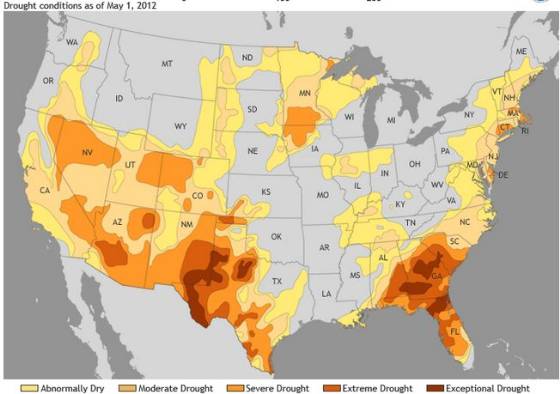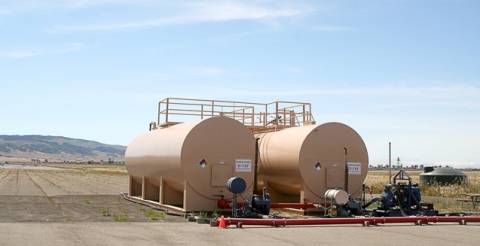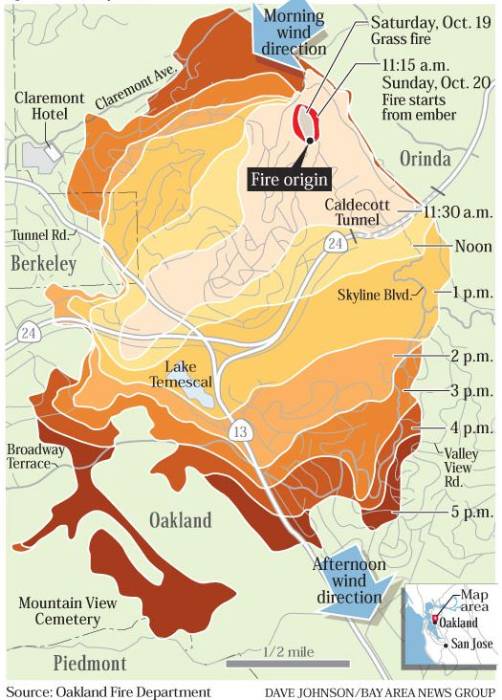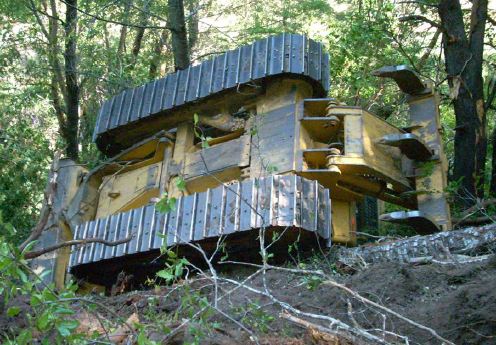 The California Department of Forestry and Fire Protection has released a preliminary accident report, a “Green Sheet”, for an accident on the Pond fire in the northern part of the state, June 14, 2012 in Mendocino County. The dozer was privately owned and there were no injuries to the operator.
The California Department of Forestry and Fire Protection has released a preliminary accident report, a “Green Sheet”, for an accident on the Pond fire in the northern part of the state, June 14, 2012 in Mendocino County. The dozer was privately owned and there were no injuries to the operator.
Here is an excerpt from the report:
===============================================================
SEQUENCE OF EVENTS
The fire occurred in an area of steep slopes, heavy fuels in a Wildland Urban Interface/Intermix setting. The fire was spotting in areas due to winds, steep slopes and receptive fuel beds.
As the dozer operator took action along the road, he observed the fire had extended below the road at a bend. The operator attempted to flank the fire and tie a dozer line in between the two road segments. The operator stated the visibility was very poor due to heavy smoke lying down in the area. The operator stated as he began to climb uphill to tie the line in, the slopes became very steep. Due to the steepness of the slope, the operator made three unsuccessful attempts to connect the line to the upper portion of the road.
On his third attempt to connect the line, the operator encountered a log in his path. As the operator attempted to move the log, his dozer slid perpendicular to the slope, reducing the dozer maneuverability. The operator then stated he attempted to make his way off the slope. As he moved down the slope, he encountered a soft spot of soil which caused him to slide a short distance downhill (approximately 10 feet). The operator stated the slide caused his downhill tracks to settle on a loose root wad mass. The operator said as he began to move the dozer the root wad mass acted like a fulcrum and flipped the dozer onto its side/top. The operator said he shut the dozer off and waited to ensure the dozer was done moving. Once he was confident it wasn’t moving any further, he released his seat belt and exited the dozer without any further incident.
INJURIES/DAMAGES
The equipment operator self extricated himself from the dozer and did not complain of any injuries.
The dozer has a bent grab handle on the right side of the cab. No other cosmetic damage was noted. The extent of the mechanical damage has yet to be determined.


